The Process of Assessing the Environmental Safety of Drinking Water Supply
DOI: 10.23977/erej.2021.050101 | Downloads: 15 | Views: 1936
Author(s)
Klymenko L. P. 1, Krysinska D. O. 2
Affiliation(s)
1 Doctor of Technical Sciences, Professor, Rector of the Petro Mohyla Black Sea National University, Mykolaiv, 68 Desantnykiv, 10, 54000, Ukraine
2 Lecturer of the Ecology Department, Petro Mohyla Black Sea National University, Mykolaiv, 68 Desantnykiv, 10, 54000, Ukraine
Corresponding Author
Klymenko L. P.ABSTRACT
The authors have analyzed various Ukrainian and international methodological approaches to determining the environmental safety of drinking water supply. It has been found that the most effective is the use of environmental risk assessment, which appears to be the main tool for environmental safety assessment. On the basis of the analyzed methods, the complex one, which is expressed in the form of the process of assessing the environmental safety of drinking water supply, has been created.
KEYWORDS
Assessing, Environmental Safety, Environmental Risk, Dual SystemsCITE THIS PAPER
Klymenko L. P., Krysinska D. O., The Process of Assessing the Environmental Safety of Drinking Water Supplyn. Environment, Resource and Ecology Journal (2021) 5: 1-5. DOI: http://dx.doi.org/10.23977/erej.2021.050101
REFERENCES
[1] Akimov V. A., Lesnyh V. V., Radaev N. N. Fundamentals of risk analysis and management in natural and man-made spheres. M.: Business express, 2004, 352 p.
[2] Voitenko L.V., Kopilevich V. A., Strokal M. P. The concept of integrated water quality assessment for different types of water consumption using the Harrington desirability function. K.: Bioresources and nature management: chemistry. Volume 7, 2015 (1-2): 25-36. http://irbis-nbuv.gov.ua/cgibin/irbis_nbuv/cgiirbis_64.exe?C21COM=2&I21DBN=UJRN&P21DBN=UJRN&IMAGE_FILE_DOWNLOAD=1&Image_file_name=PDF/Zp_2019_1_5.pdf
[3] Bardina D. A. Development of an algorithm for assessing the risk to public health when exposed to chemicals that pollute drinking water/ D. A. Bardina, P. G. Mikhailova. – Advances in chemistry and chemical technology. Volume XXIX, Moscow: 2015, (4): 57-59. https://cyberleninka.ru/ article/v/razrabotka-algoritma-otsenki-riska-zdorovyu-naseleniya-pri-vozdeystvii-himicheskih-veschestv-zagryaznyayuschih-pitievuyu-vodu
[4] Bezsonov, Ye. M. Determining the level of ecological safety of the region by the method of toxic-energy response of biotic components of aquatic ecosystems: The dissertation on competition of a scientific degree of the candidate of technical sciences on a specialty 21.06.01 “Ecological safety". Lviv: Natsionalnyi universytet «Lvivska politekhnika», 2018.
[5] Dobrovolskyy V. V. Ecological risk: assessment and management: textbook. Mykolaiv: PMBSSU, 2010, 216 p.
[6] Krysinska D. O. Algorithm for determining environmental risk in the system of ecological safety of drinking water supply. Natural water resources of the Carpathian region. Problems of protection and rational use. Proceedings of the Thirteenth International Scientific and Practical Conference: a collection of scientific articles, Lviv, 2014: 29-32.
[7] Orel S. M., Malovanyy M. S., Orel D. S. Assessment of ecological risk. Impact on human health. Lviv, publishing house LPNU, 2013, 224 p.
[8] Order of the Ministry of Health of Ukraine of October 21, 2005 N 545 On approval of guidelines "Assessment of carcinogenic risk to public health from the consumption of chlorinated drinking water" http://mozdocs.kiev.ua/ view.php?id=4448.
[9] Methodical recommendations of 05/30/1997 RF No. 2510 / 5716-97-32 "Comprehensive hygienic assessment of the degree of tension in the medical and ecological situation in various territories, caused by toxicant pollution of the population's environment". http://www.lawrussia.ru /texts/legal_744/ doc 744a 498x 422.html.
| Downloads: | 5937 |
|---|---|
| Visits: | 441003 |
Sponsors, Associates, and Links
-
International Journal of Geological Resources and Geological Engineering
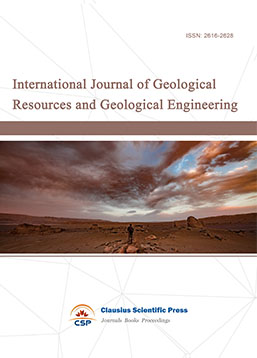
-
Big Geospatial Data and Data Science

-
Solid Earth and Space Physics

-
Environment and Climate Protection
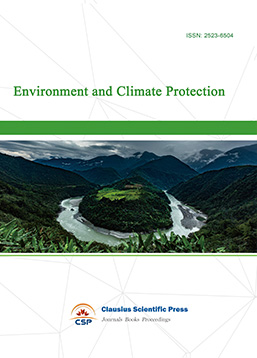
-
Journal of Cartography and Geographic Information Systems

-
Offshore and Polar Engineering

-
Physical and Human Geography
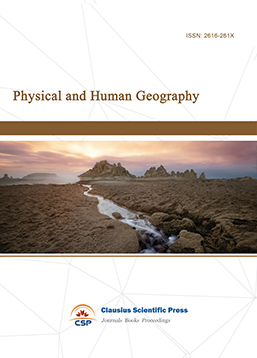
-
Journal of Atmospheric Physics and Atmospheric Environment
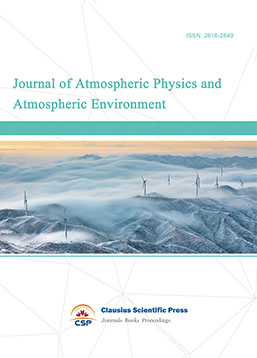
-
Trends in Meteorology

-
Journal of Coastal Engineering Research
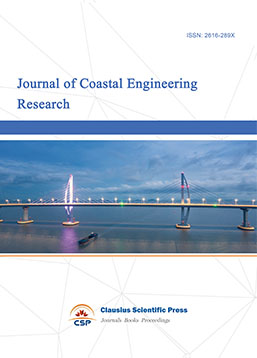
-
Focus on Plant Protection
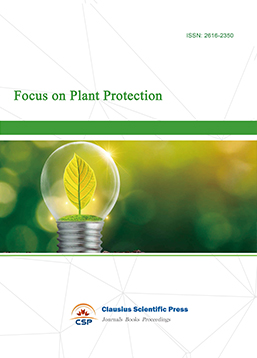
-
Toxicology and Health of Environment
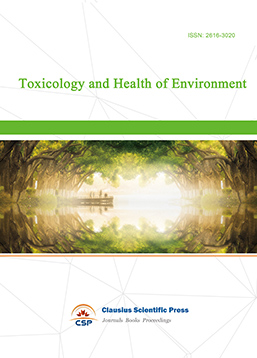
-
Geoscience and Remote Sensing
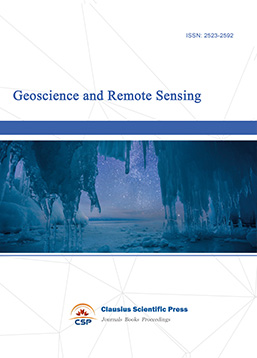
-
Advances in Physical Oceanography

-
Biology, Chemistry, and Geology in Marine
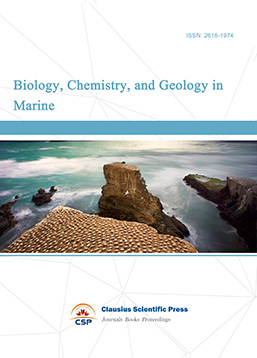
-
Water-Soil, Biological Environment and Energy

-
Geodesy and Geophysics

-
Journal of Structural and Quaternary Geology
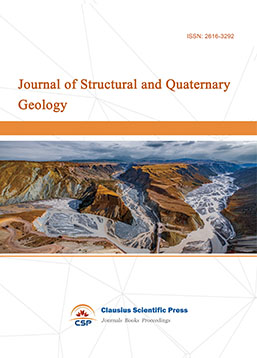
-
Journal of Sedimentary Geology

-
International Journal of Polar Social Research and Review


 Download as PDF
Download as PDF